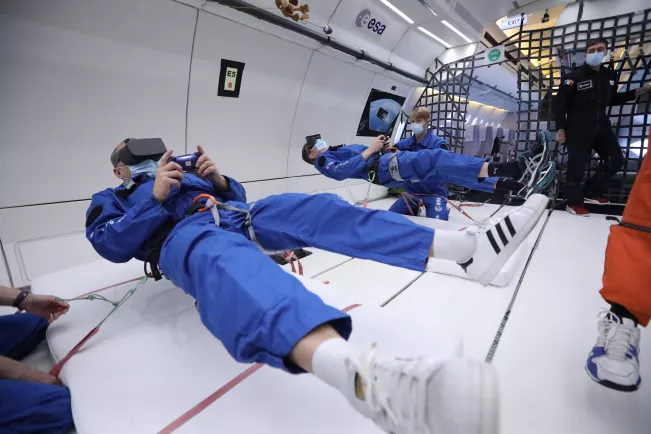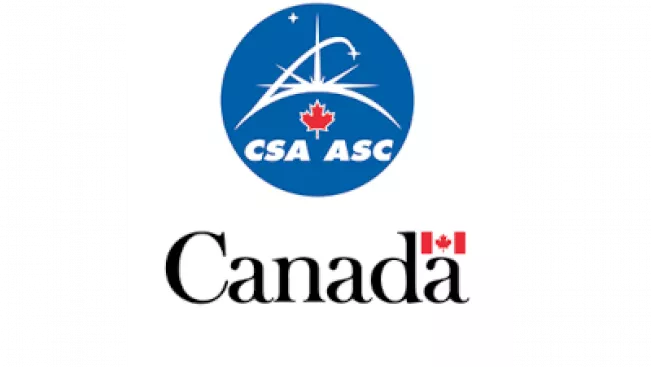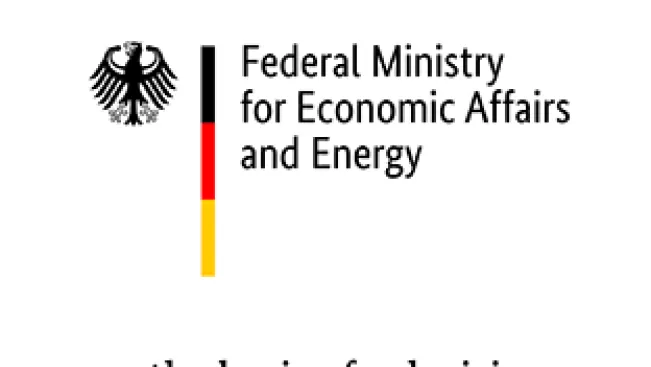SMUG/SMUG II - self motion under varying gravity states

Research project at a glance
Departments and Instituts
Funding type
Period
01.07.2019 to 30.06.2023
Project manager at H-BRS
Project Description
The perception of self-motion is a multi-modal process that is influenced by vision, endogenous stimuli and gravity. Specifically, the experiments will help us determine how effective visual cues are in different gravitational conditions (in microgravity, and under lunar and Martian conditions). Based on this, we will develop a model that maps how these gravitational conditions affect the process of optical flow to create the sensation of motion. In this context, we will also examine whether there are gender-specific differences in this perception.
The results of our investigations should help to understand visual-vestibular interactions and thus significantly increase safety in all those situations that require movement in altered gravitational conditions (e.g. in space or on the Moon/Mars). At the same time, however, the results can also help to better understand the perception of proper motion on Earth. This applies in particular to clinical conditions in which navigation or gait are disturbed (e.g. in Parkinson's disease).
The experiments will be conducted during parabolic flights. We plan to conduct two realted experiments during the weightlessness phases. Subjects will lie on the floor or sit in a chair (loosely attached to it for safety) and wear a Head Mounted Display (HMD). All our visual cues will be presented on the smartphone inside the HMD.
In both experiments, participants see a simulated corridor. In the first experiment, a cue stimulus is presented within this corridor, at one of 17 simulated distances. After the cue is extinguished, participants are virtually moved down the corridor. Their task is to indicate when they have arrived at the position of the previously displayed target. In the second experiment, participants are first moved virtually down the corridor and then asked to adjust the distance of a virtual cue stimulus.

Results
Research associates
Cooperation partners



Sponsors

